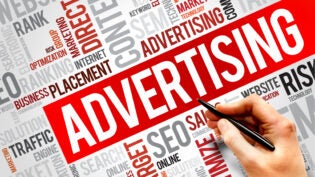
Few businesses realize the importance of a strong call to action. In addition to a compelling marketing plan, you must take customers by the hand and lead them to action. What is a call to action? The call to action, simply, is telling people what to do to obtain your product or service. It’s a clear instruction of what steps to take, leaving no ambiguity about where to go. After every sales call, letter, advertisement, or personal contact, once you’ve worked at educating the customer, you need to include specific actions for people to take.
Why a Call to Action?
You call to action needs to give clear instructions on what you want customers to do. Do you want them to call you? Give them the number they need, and tell them who will be answering, whether it’s a certain individual or a general number for a department or for your business. Do you want them to visit your website? Give the web address and tell them what specific sections to look at. You can ask people to subscribe to a newsletter, contact an email address, visit your store, or download a coupon. Just make sure that you’re directing people to a specific action, and that this direct response is clear and obvious for customers to achieve.
Call for Action Every Time
You need to include a call to action in every piece of persuasive communication with customers, whether it’s a media commercial, a printed advertisement or business letter, or personal interaction. Taking customers by the hand every step of the way will help ensure that you don’t accidentally lose someone who was interested, but didn’t know what to do.
Use a variety of calls to action, too. Not every piece of communication is directed toward the same audience. For the customer you’re only interacting with for the first time, you might want to direct them to visit your website or subscribe to a newsletter before you give a hard sell. Then in the newsletter or on the website, you can give a different call to action, until you’re in a forum where you’re dealing with customers you’re ready to sell to. As well, giving different calls to action allows you to track which of them are more effective, because you can compare how many people are calling as opposed to visiting your website or whatever other actions you’ve directed customers to take. Because you know which calls to action come from which advertisements or other communications, you can judge their relative effectiveness and adjust your strategy as necessary.
2963 Views












